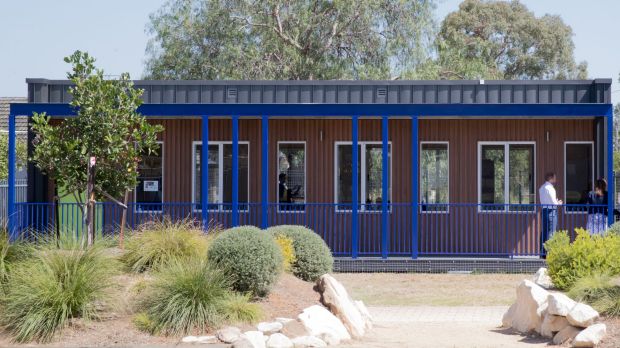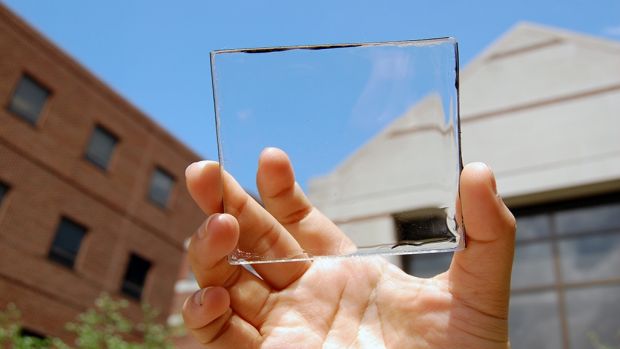The 2018 National Sustainability in Business Conference will be held on Thursday 8 and Friday 9 March at the Hotel Grand Chancellor, Brisbane.
Mr Craig Froome, Vice President – Global Strategy & Business Development at Pathion Inc. joins us in March at the conference to discuss ‘Energy – A Necessity for Sustainability’.
Without a supportable supply of energy, businesses will not survive, let alone be sustainable into the future. Businesses cannot operate without electricity, the ability to ensure there is 100% uptime is the only way to future-proof operations. It is recognized that fossil fuels have a finite supply and to ensure resiliency they cannot rely solely on current networks to provide their energy needs. Businesses are becoming increasingly aware of rising energy costs and the move in the pricing structure from a fixed cents/kWh to being predominately a demand charge model. Governments are looking at how they can introduce network solutions to control price increases, businesses are also looking at reducing their reliance on energy from traditional grid services.
Renewable energy is a solution, but to date, the Australian market has been divided between large-scale wind and residential solar. With the individual State Governments setting more aggressive renewable portfolio requirements than the Federal Government, there is now more interest in alternative energy storage options for the commercial and industrial sectors.
The first step for any business to become fully resilient is to identify the issues that may cause disruption to operations. Without identifying the issues it is not possible to establish the solutions.
To ensure resiliency within the business there are many options to be considered moving forward, but one of the key solutions will be the ability to be as self-sufficient as possible. In addition, the ability to internally control costs will be an important factor in operations, profitability and therefore resiliency.
For more information on the 2018 National Sustainability in Business Conference and to secure your spot today, please visit the conference website.





